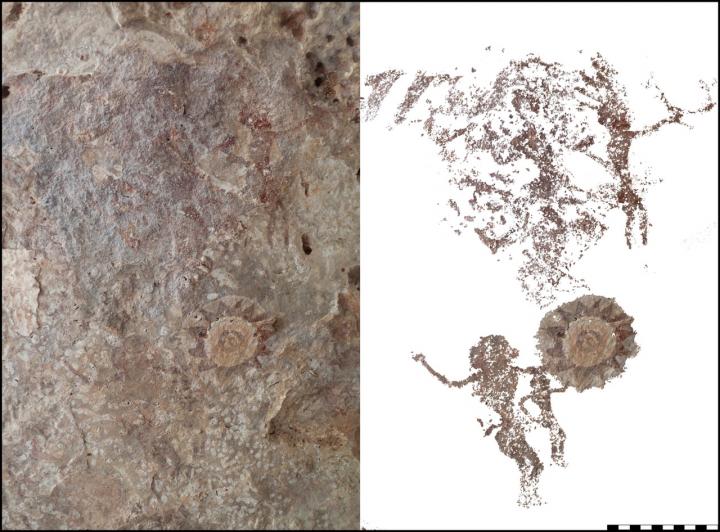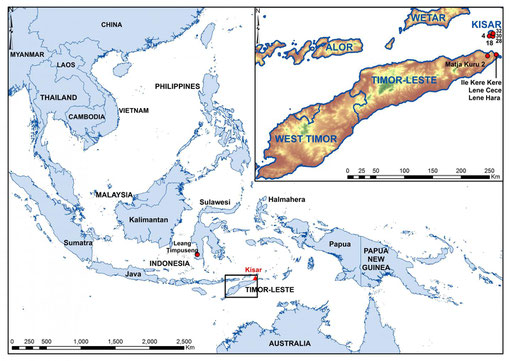

Archaeologists from the Australian National University (ANU) have found a large amount of rock art on a tiny island called Kisar.
The island, a mere 31 square miles in size (81 square kilometers), is located roughly 340 miles (630 kilometers) north of Darwin City, one of the northernmost points of Australia’s Northern Territory.
The ANU team found 28 rock art sites which date to around 2,500 years ago, and, according to Lead Archaeologist Professor Sue O’Connor, they are the first archaeologists to explore Kisar Island.
The team says Kisar is part of a group of Indonesian islands that formed the center of an ancient spice trade thousands of years ago. They also say the Kisar rock art is similar to rock art panels found on the eastern edge neighboring island, Timor-Leste located just southeast of Kisar.
Professor O’Connor described her findings in a statement saying,
"The paintings we found depict boats, dogs, horses and people often holding what look like shields. Other scenes show people playing drums perhaps performing ceremonies."
"The Kisar paintings include images which are remarkably similar to those in the east end of Timor-Leste.”
"A distinctive feature of the art in both islands is the exceptionally small size of the human and animal figures, most being less than 10 centimeters. Despite their size, however, they are remarkably dynamic."

Professor O’Connor says the relationship between Kisar and Timor-Leste is likely around 3,500 years old. However, she says the motifs threaded into the rock art images she and her team recently recorded are very similar to those found on metal drums produced in northern Vietnam and China about 2,500 years ago.
The drums were traded throughout the region, and given the similarities between figures on the drums and figures Professor O’Connor recorded in Kisar, O’Connor says,
"These [rock art] paintings perhaps herald the introduction of a new symbolic system established about two thousand years ago, following on the exchange of prestige goods and the beginning of hierarchical societies.”
O’Connor and her team have written a paper describing the rock art at five of the Kisar sites and have published it in the Cambridge Journal of Archaeology.
